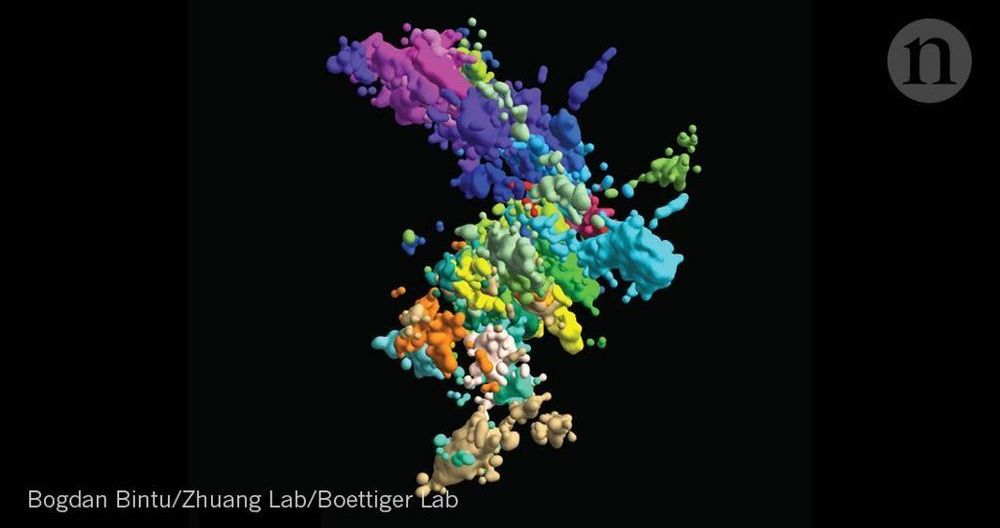Researchers are realizing that the DNA–protein complex doesn’t just have one form but many.



For most patients, a diagnosis of stage 4 non-small cell lung cancer comes with a dire prognosis. But for patients with specific mutations that cause the disease, there are potentially life-saving therapies.
The problem is that these mutations, known as ALK and EGFR, are not always identified in patients — meaning they never get the treatment.
A new study from the Fred Hutchinson Cancer Research Center in Seattle used machine learning to find these needle-in-a-haystack patients. The idea was to leverage cancer databases to see if patients were being tested for the mutations and receiving these personalized treatments.

AM I Wrong for wondering about Metformin and its true benefits against the Senesonic-Sensonic pandemic Plague mankind has called aging??? Metformin has been in use truly since the 1920’s and we have not found today an elderly person who is living 125 or 150 years who states they merely took metformin for diabetes??? Now Met has proven itself as a resistant against diabetes due to preventing the liver from making to much glucose that then enters the body. But is it a Longevity drug for mankind is the burning question??? You be the Judge… {I found this link on Antonei Benjamin Csoka group page on the book of faces} Respect r.p.berry & AEWR wherein we have found the causes and a cure for the Pandemic plague mankind has called aging… https://we search for partners and investors to join us in agings end…
Does it make sense to treat ageing as a disease?



Dear Colleagues.
ReWheel, Inc. was founded to save energy based on a simple truth that wasting energy is extremely not smart … as well as very damaging to our planet’s health.
Most of us are either scientists or believe in science. And that is how we know that we are losing the war against climate change. This war will not be won by any one technology but by our combined efforts. To protect our planet for our children and their children, and those who comes after, we need to act.

Stem cell transplants have been of great interest to aging researchers, and, in a new study, they have successfully increased mouse lifespan by using stem cell therapy. While this has been previously achieved, this experiment was more refined than older studies and sheds new light on the potential of tissue regeneration through stem cells.
The significant extension of maximum lifespan could be considered an indication that any intervention is targeting a core hallmark of aging or, in the case of small increases of lifespan, at least indirectly influencing it.
Through bone marrow transplants, the researchers have significantly increased the lifespans of mice and believe that they are directly targeting an aging process directly [1]. Given that stem cell exhaustion is a hallmark of aging, they are likely correct.

SpiNNaker was built under the leadership of Professor Steve Furber at The University of Manchester, a principal designer of two products that earned the Queen’s Award for Technology —the ARM 32-bit RISC microprocessor, and the BBC Microcomputer.
“The ultimate objective for the project has always been a million cores in a single computer for real time brain modelling applications, and we have now achieved it, which is fantastic.” — Professor Steve Furber, The University of Manchester
Inspired by the human brain, the SpiNNaker is capable of sending billions of small amounts of information simultaneously. The SpiNNaker has a staggering 1 million processors that are able to perform over 200 million actions per second.